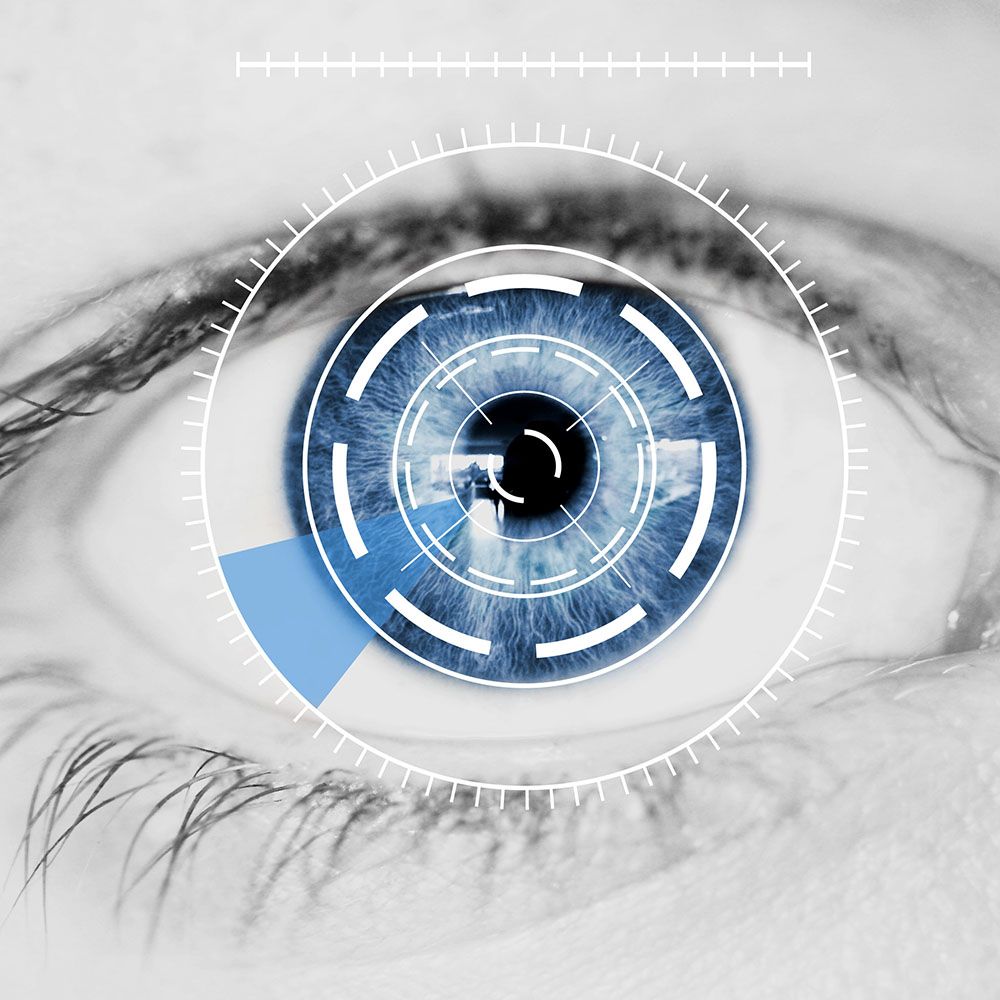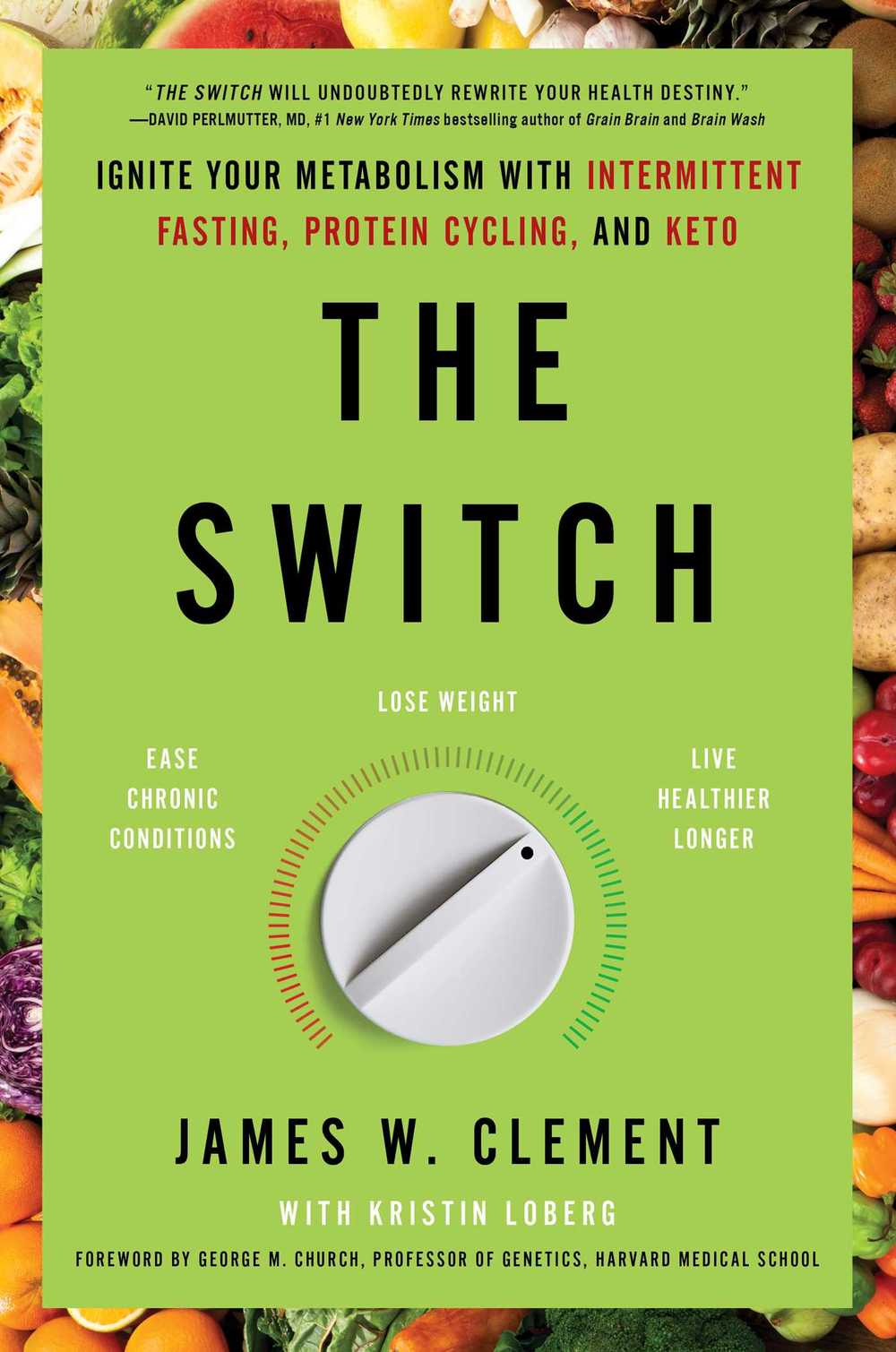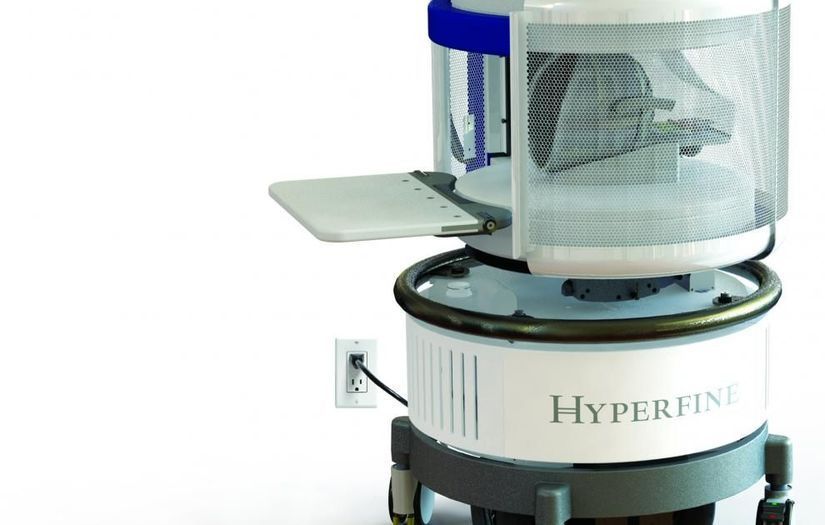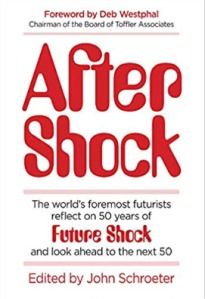A weird black fungus was discovered inside the Chernobyl nuclear reactor 🤔.
Get the latest international news and world events from around the world.

Researchers devise approach to reduce biases in computer vision data sets
Addressing problems of bias in artificial intelligence, computer scientists from Princeton and Stanford University have developed methods to obtain fairer data sets containing images of people. The researchers propose improvements to ImageNet, a database of more than 14 million images that has played a key role in advancing computer vision over the past decade.
ImageNet, which includes images of objects and landscapes as well as people, serves as a source of training data for researchers creating machine learning algorithms that classify images or recognize elements within them. ImageNet’s unprecedented scale necessitated automated image collection and crowdsourced image annotation. While the database’s person categories have rarely been used by the research community, the ImageNet team has been working to address biases and other concerns about images featuring people that are unintended consequences of ImageNet’s construction.
“Computer vision now works really well, which means it’s being deployed all over the place in all kinds of contexts,” said co-author Olga Russakovsky, an assistant professor of computer science at Princeton. “This means that now is the time for talking about what kind of impact it’s having on the world and thinking about these kinds of fairness issues.”



Nearing the Simulation Singularity: What Would Immersive Computing Mean to the Human Mentality?
Moving ever closer to the Web v.5.0 – an immersive virtual playground of the Metaverse – would signify a paramount convergent moment that MIT’s Rizwan Virk calls ‘The Simulation Point’ and I prefer to call the ‘Simulation Singularity’. Those future virtual worlds could be wholly devised and “fine-tuned” with a possibility to encode different sets of “physical laws and constants” for our enjoyment and exploration.
We are in the “kindergarten of godlings” right now. One could easily envision that with exponential development of AI-powered multisensory immersive technologies, by the mid-2030s most of us could immerse in “real virtualities” akin to lifestyles of today’s billionaires. Give it another couple of decades, each of us might opt to create and run their own virtual universe with [simulated] physics indistinguishable from the physics of our world. Or, you can always “fine-tune” the rule set, or tweak historical scenarios at will.
How can we be so certain about the Simulation Singularity circa 2035? By our very nature, we humans are linear thinkers. We evolved to estimate a distance from the predator or to the prey, and advanced mathematics is only a recent evolutionary addition. This is why it’s so difficult even for a modern man to grasp the power of exponentials. 40 steps in linear progression is just 40 steps away; 40 steps in exponential progression is a cool trillion (with a T) – it will take you 3 times from Earth to the Sun and back to Earth.
This illustrates the power of exponential growth and this is how the progress in information and communication technologies is now literally exploding – by double-improving price-to-performance ratio roughly once a year. This is why you can see memory cards jumping regularly from 32MB to 64MB, then to 128MB, 256MB and 512MB. This is why your smartphone is as capable as a supercomputer 25 years ago. This is why telecommunication carriers are actively deploying 5G wireless networks, as you read this article.

High Tech Mouthwash Uses Light To Kill Bacteria
At some point in their life almost everyone will develop a cavity in their teeth and about 70% of the global population will experience varying degrees of gingivitis. Regular brushing is the best way to prevent dental disease, but sometimes that is not enough as microscopic plaque can be left behind after brushing your teeth.
According to the Health 2000 Population Survey over half of Finns aged 30+ suffer from gum disease; and research indicates that undetected oral and chronic infections can contribute to the occurrence of many diseases such as cardiovascular disease, diabetes, and lung cancer as well as increasing the risk of premature delivery.
Aalto University and Helsinki University Hospital researchers have founded Koite Health which is launching a method for home use in the coming weeks that can kill streptococcus mutans bacteria as well as the bacteria that can cause gingivitis, which has been shown to reduce the markers indicating early gingivitis and plaque formation.

Looking To Bionic Eyesight
After being blind for 16 years, scientists have plugged a bionic eye directly into Bernardeta Gomez’s brain, allowing her to see again without using her biological eyes after she had a computer port surgically embedded into her skull.
The vision system is being honed by neuriengineer Eduardo Fernandez in his lab at the University of Miguel Hernandez, and it is comprised of a few different parts according to the publication in MIT Technology Review.
There is a pair of glasses that are fitted with a camera that connects to a computer which translates the live video feed into electronic signals that are then sent via a cable to the port which has been surgically embedded into the back of Gomez’s skull and connects to an implant in the visual cortex of her brain.

James W. Clement on the Switch: Longevity, Fasting, Protein Cycling and Keto

James W. Clement is a longevity researcher who was the 12th person on the planet to have his DNA sequenced. In 2010 James launched his Supercentenarian Research Study, which he started in 2010 with Professor George M. Church of Harvard Medical School. Since then Clement has read 20,000 medical research papers on longevity and has acquired one of the largest DNA databases of supercentenarians, the youngest of whom is 106 years old. Most recently James W. Clement is the author of the Switch: Ignite your metabolism with intermittent fasting, protein cycling, and keto. Finally, I know James personally and have gone to visit his previous research lab in Apple Valley, California, so I can honestly say that he is among the most humble humans and the hardest-working longevity researchers that I have ever seen. I have learned a lot from Clement and I hope you do too.
During this 2 hour interview with James W. Clement, we cover a variety of interesting topics such as: Clement’s journey from being a lawyer to becoming a full-time longevity researcher; the name and story behind Better Humans; why James is a transhumanist; why we have to first make it to 100 before we start taking “magic pills”; the switch between mTOR and autophagy; the importance of intermittent fasting, its time and duration; the connection between gut bacteria and dopamine; why the biggest problem of our diet is the overconsumption of both dairy and meat; protein cycling and why we can’t sustain autophagy indefinitely; the dangers of coconut oil; why all centenarian blue zones in the world eat high-carb diets and why we should try keto.
My favorite quote that I will take away from this interview with James W. Clement is:

FDA clears ‘world’s first’ portable, low-cost MRI following positive clinical research
Magnetic resonance imaging is no longer confined to radiology departments. The U.S. Food and Drug Administration announced Wednesday that it has provided clearance to the “world’s first” bedside MRI system, according to an announcement.
Hyperfine said it will begin shipping its portable, low-field modalities this summer. It’s 510(k) clearance falls on the same day that Yale researchers reported the device can accurately and safely image patient’s brains for stroke. Those preliminary results are set to be presented next week at the American Stroke Association’s International conference in Los Angeles, the group announced.
“We’ve flipped the concept from having to get patients to the MRI to bringing the MRI to the patients,” said Kevin Sheth, MD, senior author and a chief physician at Yale School of Medicine. “This early work suggests our approach is safe and viable in a complex clinical care environment.”
Podcast #41: After Shock and the Legacy of Alvin Toffler, with Jerome Glenn and Andrew Curry
 The newly released volume, After Shock, features 50 of the world’s most renowned futurists reflecting on the 50-year legacy of Alvin Toffler’s Future Shock, and looking ahead to the next 50 years. In this episode recorded just a few days after the book’s release, two of the contributing essayists, Jerome Glenn and Andrew Curry, discuss with me their views on the legacy of Toffler and Future Shock. Below are links to the audio podcast as well as to the unedited YouTube video of the original webinar.
The newly released volume, After Shock, features 50 of the world’s most renowned futurists reflecting on the 50-year legacy of Alvin Toffler’s Future Shock, and looking ahead to the next 50 years. In this episode recorded just a few days after the book’s release, two of the contributing essayists, Jerome Glenn and Andrew Curry, discuss with me their views on the legacy of Toffler and Future Shock. Below are links to the audio podcast as well as to the unedited YouTube video of the original webinar.
The day I read Future Shock, just a couple of years after it came out, was the day that started me on the course to becoming a futurist. Here’s what I wrote on this blog when Toffler died in July of 2016.